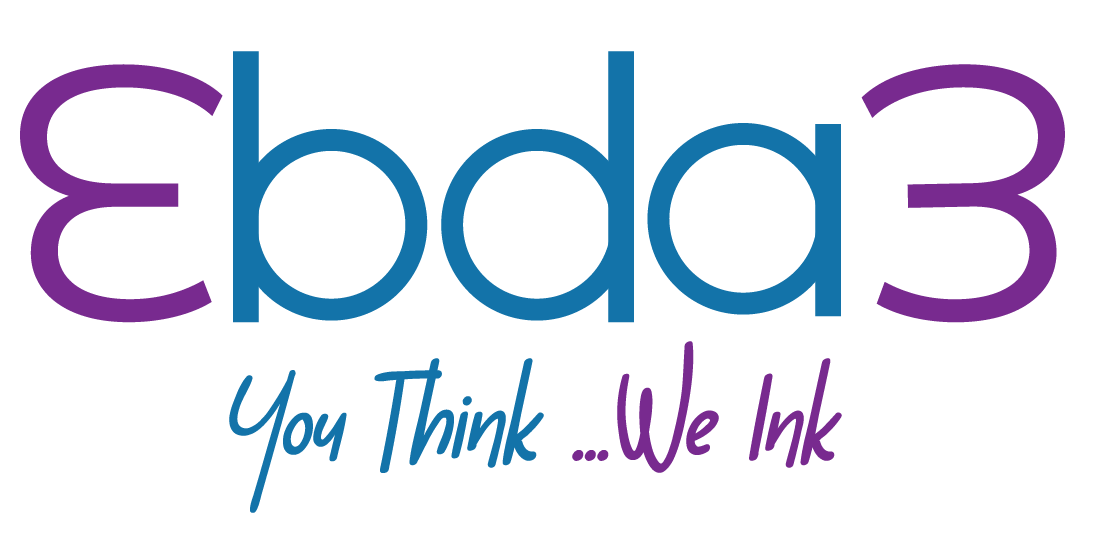The Rhythm of Digital Transformation

The pace of digital transformation is often compared to a wave, yet it feels more like a rhythm pulsing through every aspect of modern business. It does not arrive all at once in a sweeping motion but flows gradually, shifting patterns and reshaping the way organizations think, act, and compete. For companies navigating this rhythm, the key lies not in resisting the changes but in learning to dance with them. Each technological advancement, from artificial intelligence to automation to cloud solutions, becomes part of a larger score, where businesses that embrace the music find themselves more agile, more connected, and more resilient.
Digital transformation is not about technology alone; it is about perspective. The tools themselves are only as valuable as the mindset guiding their use. A company that integrates new systems without fostering creativity will soon discover that the rhythm falters, as innovation cannot thrive in isolation. Conversely, businesses that cultivate openness, collaboration, and curiosity adapt naturally to digital currents. Their people view change not as a burden but as an opportunity to reimagine how they work and how they connect with their customers.
This rhythm also emphasizes the importance of timing. Organizations often hesitate, waiting for certainty before adopting new technologies, yet the most successful players recognize that there is rarely a perfect moment. Instead, they experiment, iterate, and adjust along the way, learning to move in sync with evolving demands. By doing so, they stay ahead of the beat, often surprising competitors with their speed and adaptability. The rhythm of digital transformation favors the bold, not because risk is absent but because the willingness to explore creates momentum.
What makes this transformation particularly powerful is its democratizing effect. Small startups with limited resources can leverage digital tools to compete with established giants, reaching audiences once inaccessible and creating solutions tailored to niche markets. In this sense, the rhythm of transformation is not confined to scale but open to anyone willing to engage with it. Creativity becomes the bridge, allowing even the smallest organization to play a role in a global symphony of innovation.
The human element remains at the heart of the rhythm. Technology may automate processes and accelerate decisions, but it is creativity, empathy, and vision that guide its application. A business that forgets this risks creating sterile solutions that fail to resonate with real people. Those that honor the human side of digital transformation craft experiences that inspire loyalty and build trust, ensuring that their place in the rhythm remains strong and sustainable.
The rhythm of digital transformation is continuous, an endless score composed of innovation, resilience, and imagination. To thrive, organizations must not only keep pace but contribute their own notes, adding originality and depth to the evolving soundscape. In this way, digital transformation becomes more than survival; it becomes an art form where creativity and strategy merge, creating harmony in an otherwise chaotic landscape.





